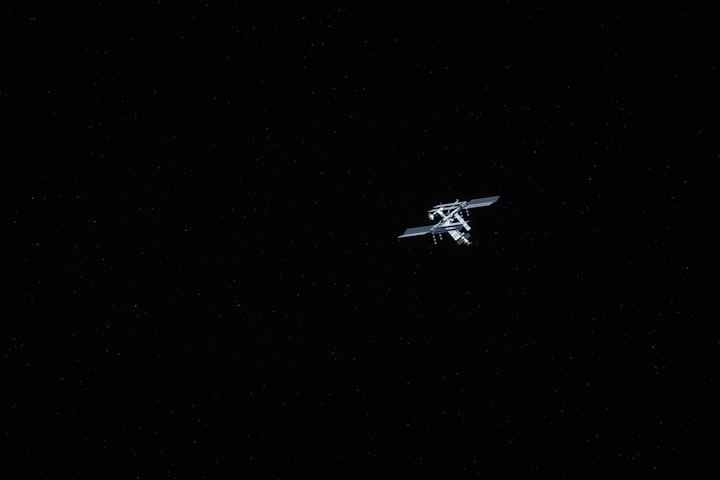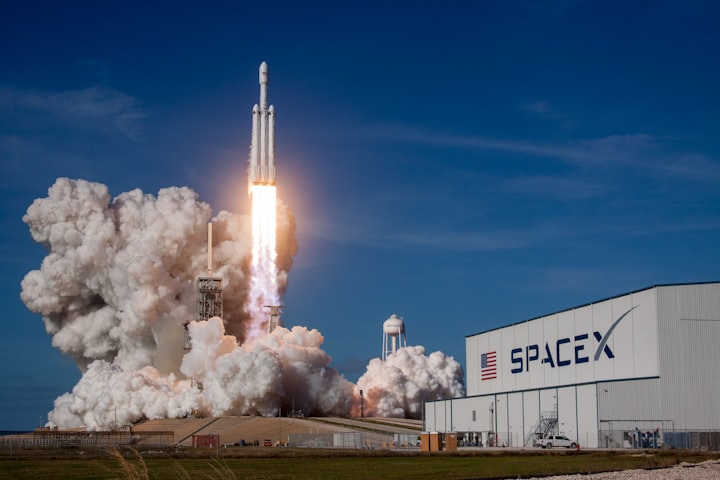
Introduction
As humanity sets its sights on long-duration space travel, such as missions to Mars and beyond, it is imperative to confront the unique challenges that arise in the vastness of space. Extended missions pose numerous physical, psychological, and logistical hurdles that must be overcome to ensure the health, safety, and success of astronauts. This article delves into the complexities of long-duration space travel, exploring the challenges it presents and the innovative solutions being developed to mitigate risks and enable human exploration of distant celestial bodies.
Physiological and Health Challenges
Extended exposure to the space environment poses significant physiological challenges to astronauts. Microgravity leads to muscle and bone loss, cardiovascular deconditioning, and weakened immune systems. Radiation exposure, reduced access to medical facilities, and limited resources for emergency care further exacerbate the health risks. Innovative solutions, such as exercise regimes, artificial gravity concepts, advanced radiation shielding, and telemedicine capabilities, are being explored to counteract these challenges and ensure astronaut well-being.
Psychological and Behavioral Considerations
The isolation, confinement, and psychological stressors inherent in long-duration space missions can have a profound impact on astronauts' mental health and well-being. The psychological challenges include monotony, social isolation, communication delays, and the psychological effects of living in a confined space for an extended period. Countermeasures, such as robust communication systems, virtual reality technologies, personalized support systems, and regular psychological evaluations, are essential to address these challenges and maintain crew cohesion and psychological resilience.
Supply Chain and Resource Management
Long-duration space missions necessitate careful management of vital resources, such as food, water, oxygen, and energy. Astronauts must be self-sufficient and rely on closed-loop life support systems to recycle and regenerate essential resources. The development of advanced recycling technologies, efficient resource utilization, and sustainable cultivation methods, such as hydroponics and bioregenerative systems, are critical for ensuring the long-term viability of crewed missions beyond Earth.
Crew Dynamics and Team Performance
The success of long-duration space missions hinges on effective crew dynamics and optimal team performance. Astronauts must be carefully selected, trained, and prepared for the challenges of prolonged isolation and collaboration in a high-stress environment. Strategies involving team-building exercises, conflict resolution training, clear communication protocols, and shared decision-making frameworks are crucial for fostering a cohesive and resilient crew that can work together harmoniously under challenging conditions.
Navigation, Communication, and Autonomy
Extended space missions require reliable navigation systems, robust communication infrastructure, and autonomous decision-making capabilities. Astronauts must be able to navigate accurately, communicate with mission control and fellow crew members, and make critical decisions in real-time, even when facing communication delays. Advancements in autonomous navigation technologies, improved communication systems, and enhanced artificial intelligence algorithms are essential for ensuring the success and safety of long-duration missions.
Radiation Protection and Shielding
Radiation poses a significant risk to astronauts on long-duration space missions, as they are exposed to galactic cosmic rays and solar particle events. Shielding techniques, such as using hydrogen-rich materials or water, developing radiation-resistant materials, and designing spacecraft with dedicated radiation shelters, are being explored to minimize astronauts' exposure. Additionally, accurate monitoring of radiation levels, personalized dosimetry, and medical countermeasures are crucial for managing radiation risks during extended missions.
Mission Resupply and Interplanetary Logistics
Long-duration space missions require careful planning for resupply and logistics, especially when traveling to distant celestial bodies. Developing efficient propulsion systems, optimizing trajectory planning, and utilizing in situ resource utilization (ISRU) technologies are vital for reducing the reliance on Earth-based resupply missions. ISRU enables astronauts to extract and utilize resources from their destination, such as water or minerals, reducing the need to transport supplies over long distances.
Conclusion
Long-duration space travel presents a unique set of challenges that must be overcome to enable successful human exploration beyond Earth. From addressing the physiological and psychological impacts on astronauts to managing resources, navigating, communicating, and ensuring crew cohesion, innovative solutions are being developed to mitigate risks and support extended missions. The ongoing efforts of space agencies, researchers, and engineers around the world are driving advancements in technology, medical science, and human factors to pave the way for humanity's ambitious quest to explore and colonize distant celestial bodies. By tackling these challenges head-on, we are shaping a future where humanity can venture further into the cosmos and expand our understanding of the universe.
About the Creator
Tatsuki
Space, Quantitative Finance, Crypto, Blockchain, Langurages, etc.
Personal Blog (Japanese): https://www.jinsei-100nenn.com/
AI Art Project: Space Cat AI (on Instagram)
Follow me:






Comments
There are no comments for this story
Be the first to respond and start the conversation.